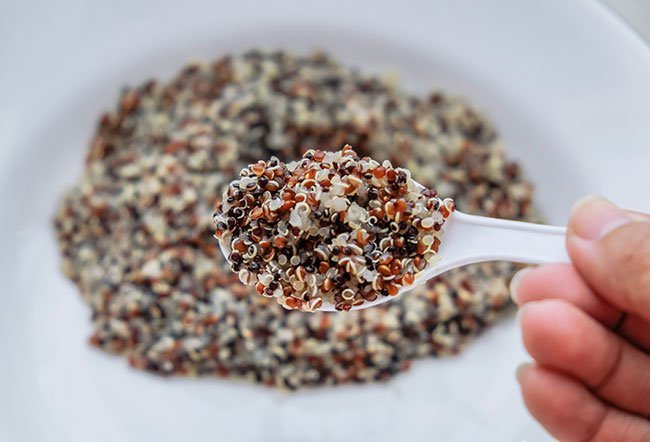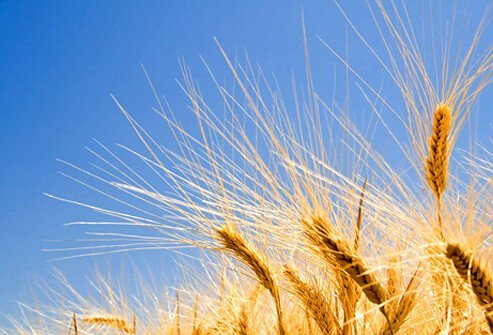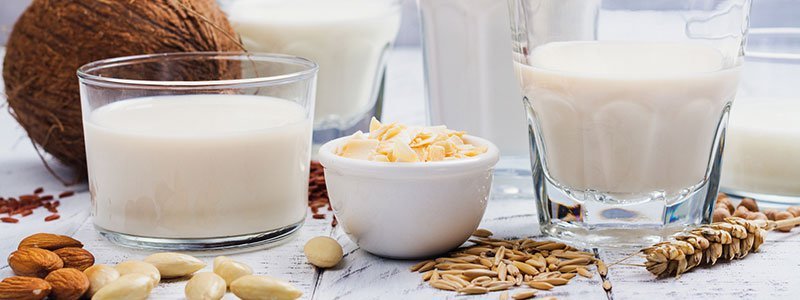
Numerous whole grains are naturally gluten-free which means you can eat them even if you have a gluten intolerance.
Eating unprocessed whole grains has been demonstrated to offer significant health benefits. Just because you are avoiding gluten does not mean you have to forego eating all whole grains.
5 types of grains containing gluten
- Wheat
- Barely
- Rye
- Triticale
- Oats
9 types of grains without gluten
- Amaranth
- Buckwheat
- Corn
- Millet
- Quinoa
- Rice and wild rice
- Sorghum
- Teff
- Gluten-free oats (Oats are naturally gluten-free but often get contaminated with gluten during the processing, shipping, and storing phases. Check the label, look for the gluten-free seal, and check with your physician to make sure the oats are safe for you.)
Only a few whole grains contain gluten, whereas others are naturally gluten-free. When purchasing whole grains, it is critical to read the labeling. Even gluten-free, whole grains can be contaminated with gluten, especially if they are processed in the same facility as gluten-containing goods.
Are all types of rice gluten-free?
Rice in its purest form is gluten-free. However, not all packaged rice mixtures are gluten-free.
Gluten can be found in flavored rice mixtures, such as:
- Instant rice
- Rice pilaf
- Sushi rice
7 types of gluten-free rice
- Brown rice
- White rice
- Jasmine rice
- Wild rice
- Basmati rice
- Arborio rice
- Glutinous rice (Despite seeming like it contains gluten, the term relates to the final sticky shape from how it is cooked and not to the fact that it contains gluten.)
Thickeners and soy sauce, both of which include wheat gluten, are incorporated into the flavored rice mix.
- The gluten-free label is a selling factor for most rice producers who are concerned about cross-contamination.
- Rice can get contaminated when it comes into contact with gluten-containing grains, such as barley, rye, or wheat, or when it is handled using methods, such as harvesting and packaging.
- A rice-based food is not gluten-free if it contains gluten-containing components, such as spices or sauces.
What foods should you eat and avoid if you have a problem with gluten?
Gluten may be found in a variety of foods. Always check the nutrition information label and study the ingredient list. This is the most precise approach to testing whether a product contains gluten.
Some foods are naturally gluten-free, such as:
- Eggs
- Fruits and vegetables
- Fresh meat, fish, and poultry
- Seeds and nuts
- Rice and quinoa
- Unprocessed beans
Some gluten-containing foods should be avoided. For the following goods, you will need to find a gluten-free equivalent.
- Bread
- Cereal
- Pasta
- Soup
- Soy sauce
- Most desserts

SLIDESHOW
Gluten-Free Diet: Popular Gluten-Free Foods in Pictures See Slideshow
What does it mean when a product is labeled as gluten-free?
A product labeled “gluten-free” must contain no more than 20 ppm of gluten.
- The U.S. Food and Drug Administration (FDA) recommends manufacturers declare whether a product includes one of eight common allergens, including wheat.
- However, simply because a product is wheat-free does not imply that it is gluten-free.
- To make it easier to identify gluten-free products, the FDA issued optional labeling rules.
- Products labeled “free of gluten,” “no gluten,” and “without gluten” must now fulfill the listed criteria.
When it comes to gluten-free labeling, there are a few crucial aspects to know.
- They allow businesses to include the label if the product is manufactured from a naturally gluten-free grain, such as rice.
- If it has been treated to eliminate fewer than 20 ppm of gluten, it can be labeled gluten-free.
If a corporation passes these requirements, the label might be put on the package. This can raise questions about whether a food item is safe for those who have celiac disease. It is entirely up to the individual whether to consume it. As a result, while labeling is useful, it does not ensure that a meal is genuinely gluten-free.
- According to studies and epidemiological evidence, most celiac disease, gluten sensitivity, and wheat allergy patients may tolerate tiny levels of gluten in meals that have less than 20 ppm gluten without incurring significant health consequences.
- Furthermore, there are presently no scientifically established testing techniques to detect gluten at levels lower than 20 ppm.
- Gluten-free diets often have reduced quantities of dietary fiber, folate, niacin, and vitamin B12. Individuals who follow a gluten-free diet for an extended period may want to take extra steps to ensure they obtain enough of these vital nutrients.
Companies that make gluten-free products have the chance to help gluten-free diet followers satisfy their dietary demands by incorporating these nutrients in their products.
Latest Digestion News
Daily Health News
Trending on MedicineNet
Why is gluten a problem for me?
Unless you have celiac disease or another gluten-related condition, gluten is not “bad” for your health. However, varying quantities of gluten can cause discomfort in some people. Furthermore, gluten may be found in meals that are nutritionally beneficial to humans and can be classified as “healthy.”
When it comes to weight loss, there is no discernible difference between gluten-rich and gluten-free diets.
Gluten interferes with digestion and absorption of important vitamins and other nutrients from meals. This results in the formation of a constipating, glued-together mass in the colon, which may hinder proper digestion.
- Following that, the undigested gluten triggers the immune system to target the lining of the small intestine, which is a common sign of celiac disease.
- Gluten intake can predispose people to increased small intestine damage and inflammation, which can lead to nutritional malabsorption, nutrient deficiencies, anemia, osteoporosis, and other health problems.
- A damaged gut renders individuals more susceptible to autoimmune responses or illnesses in the long term.
Things to know about gluten
- Unless you have celiac disease or wheat sensitivity, purchasing every gluten-free product at the grocery store does not always equate to a balanced diet.
- Several studies have illustrated the health benefits of this protein. It contains arabinoxylan oligosaccharide, a prebiotic carbohydrate that helps feed beneficial bacteria in bodies.
- This carbohydrate has been shown to increase the activity of bacteria in the colon, which is good for gut health.
- Changes in this activity can result in gastrointestinal problems, including inflammatory bowel disease and irritable bowel syndrome.
- People who wish to lose weight should visit a dietitian for a healthy eating plan rather than following a fashion of gluten-free diet.

QUESTION
Celiac disease is caused by an autoimmune reaction to ______________. See Answer
Medically Reviewed on 5/3/2022
References
Oldways Whole Grains Council. Gluten free whole grains. https://wholegrainscouncil.org/whole-grains-101/whats-whole-grain-refined-grain/gluten-free-whole-grains
Harvard T.H. Chan. Gluten: a benefit or harm to the body? https://www.hsph.harvard.edu/nutritionsource/gluten/
Gluten Intolerance Group. 35+ Alternative Gluten-Free Grains and Flour Substitutes. https://gluten.org/2019/10/17/gluten-free-grains/